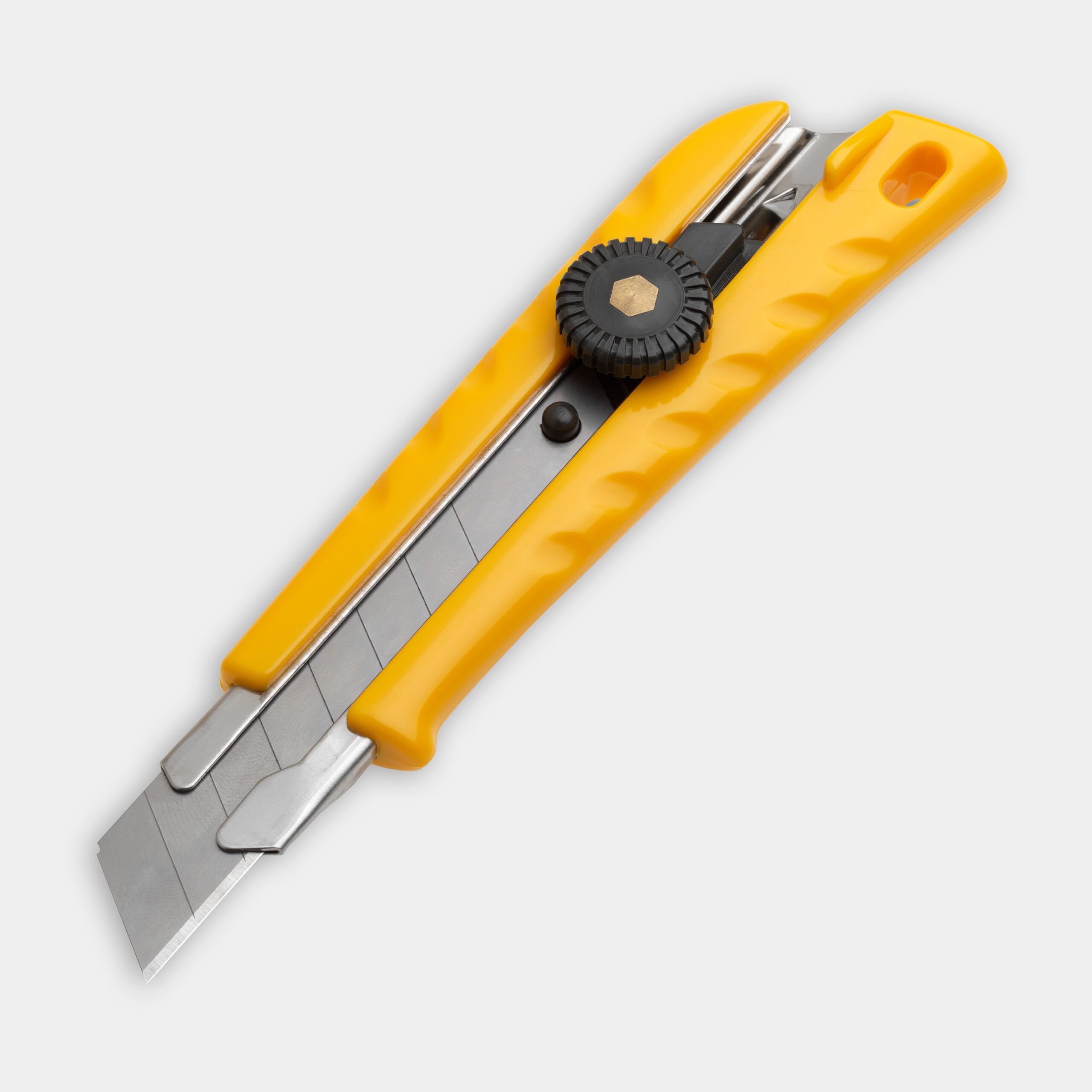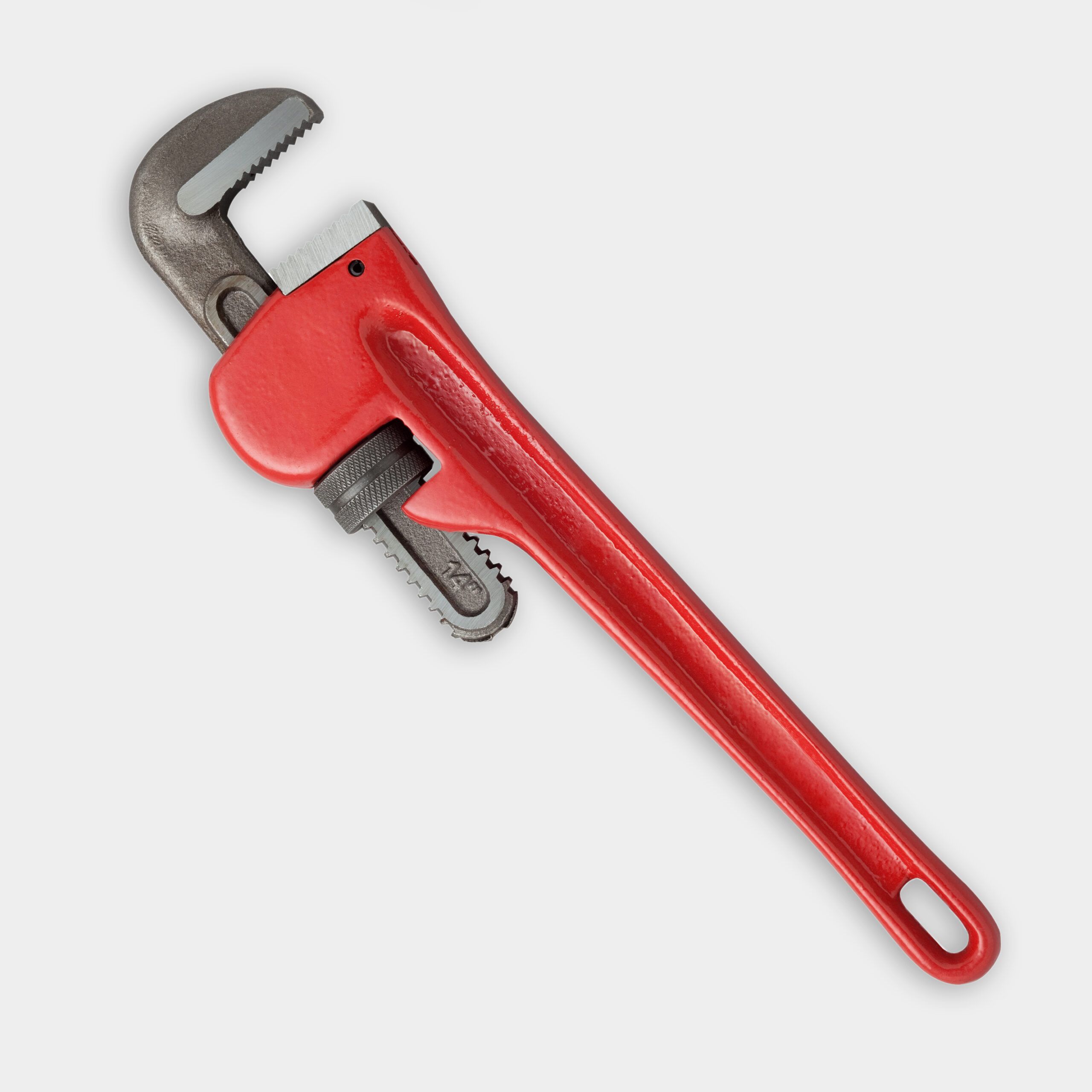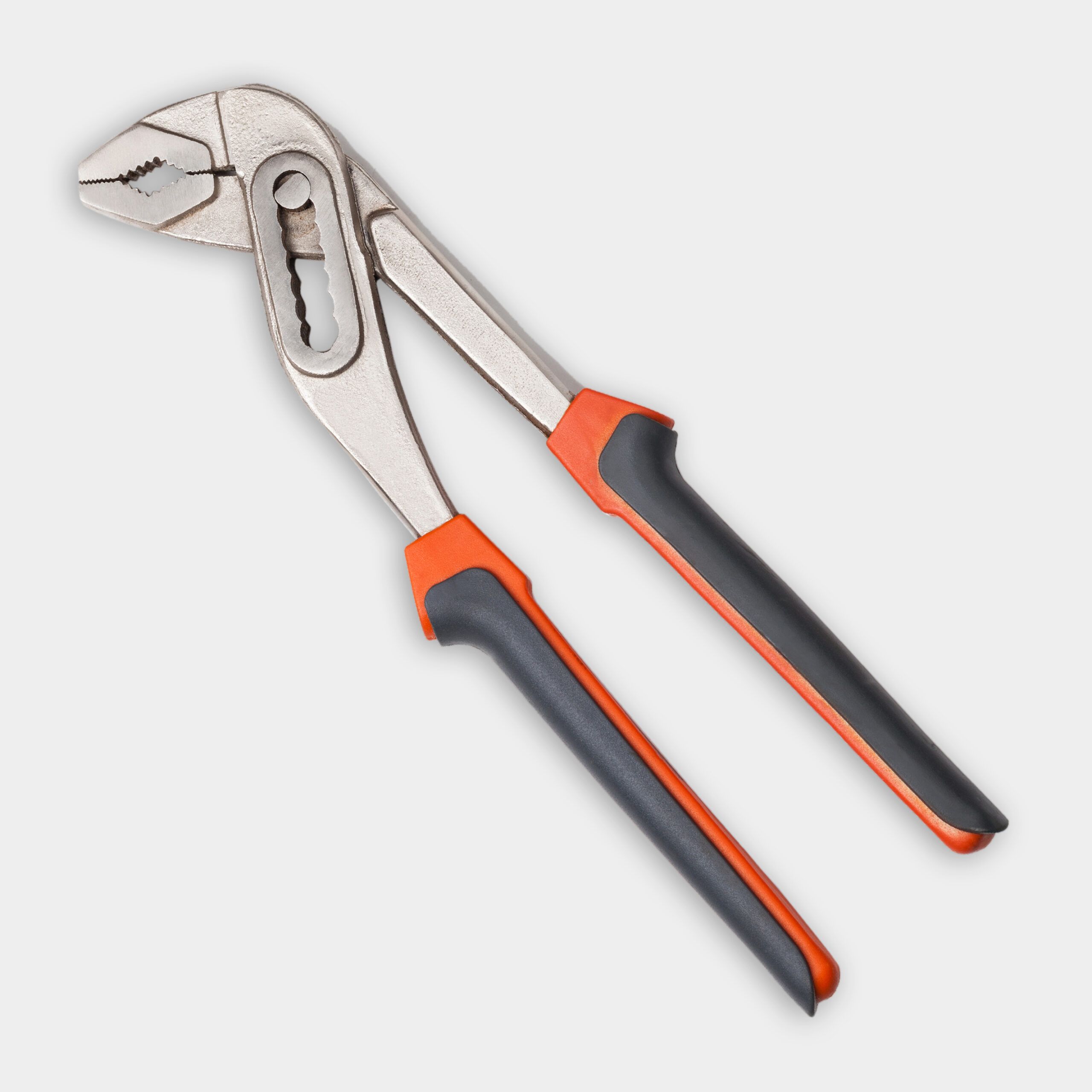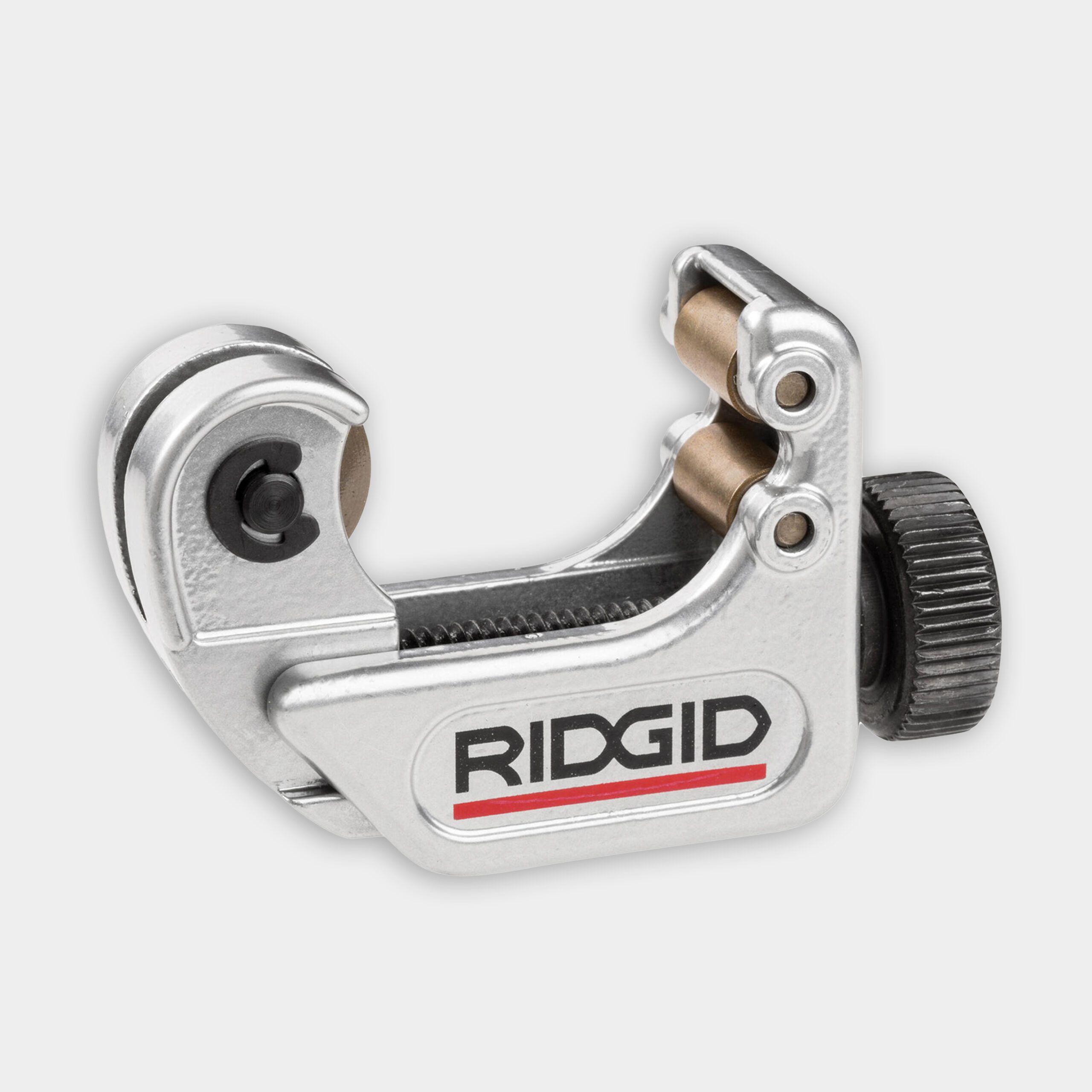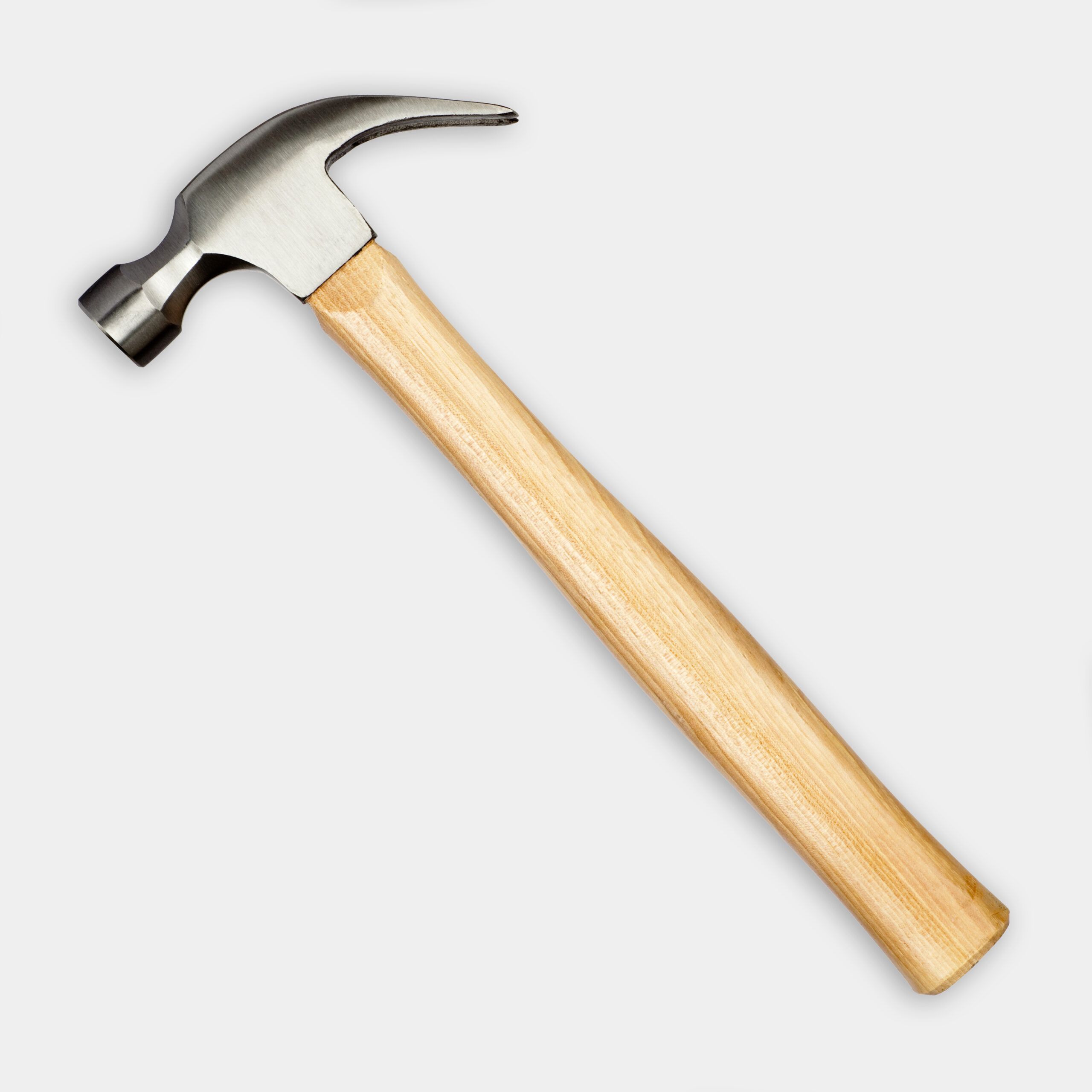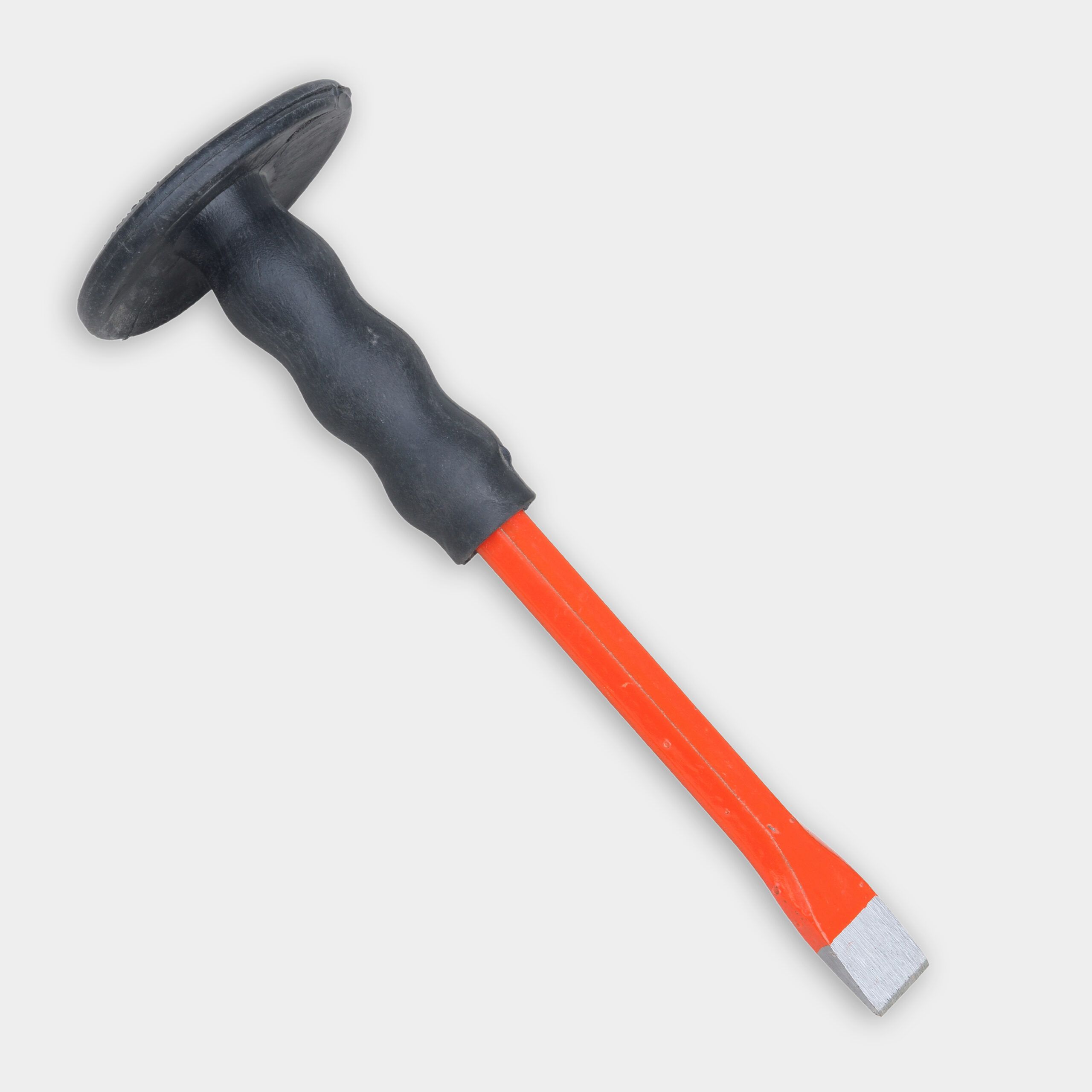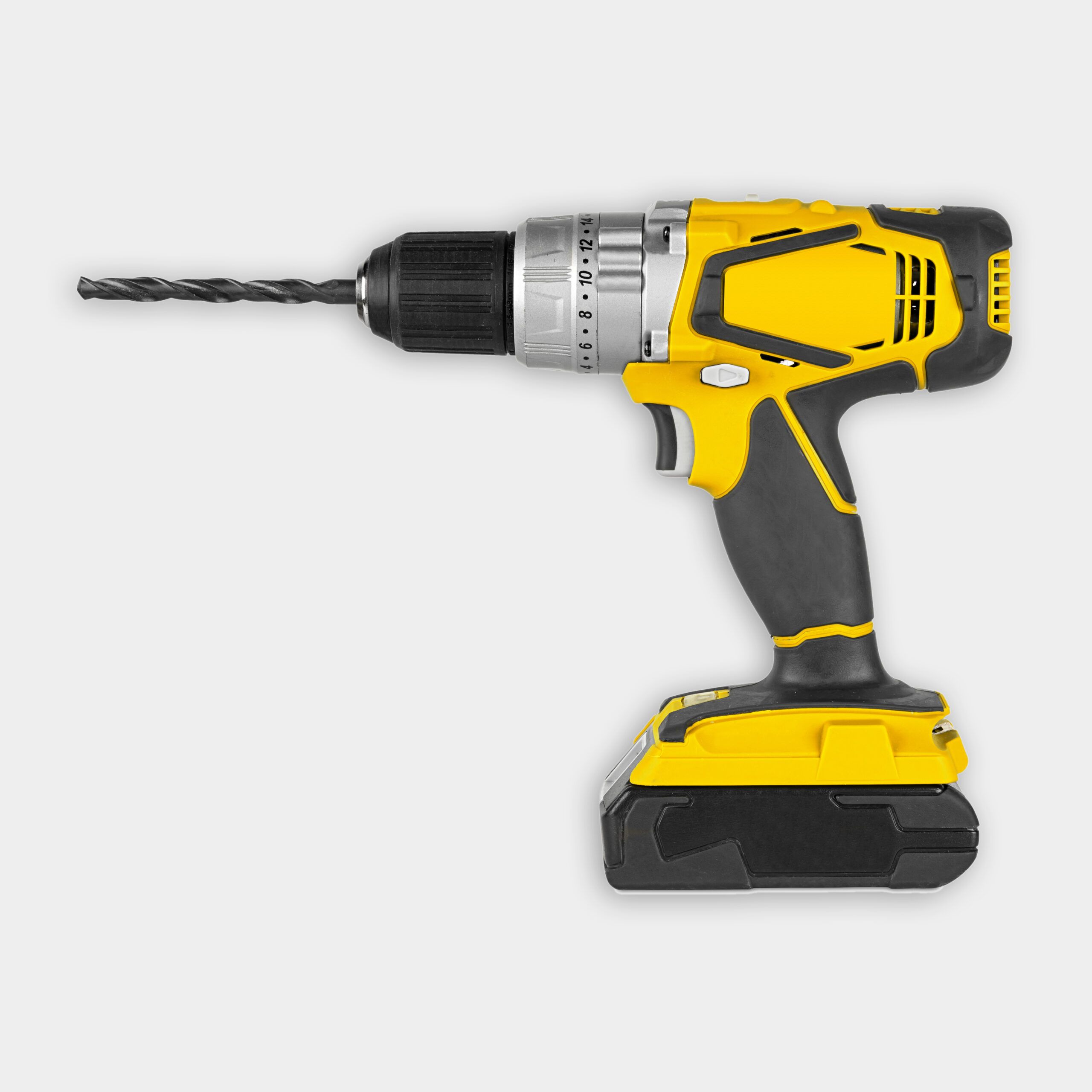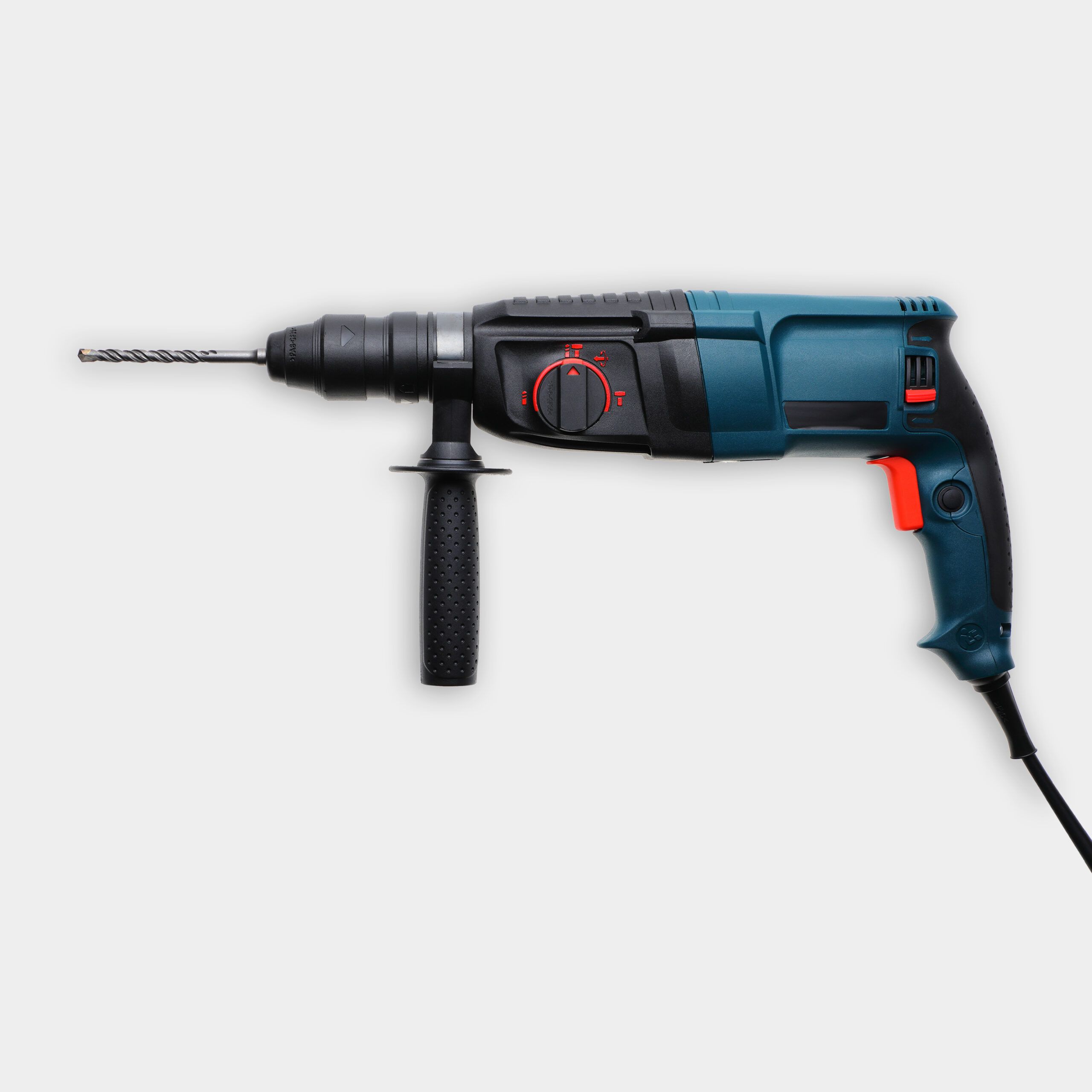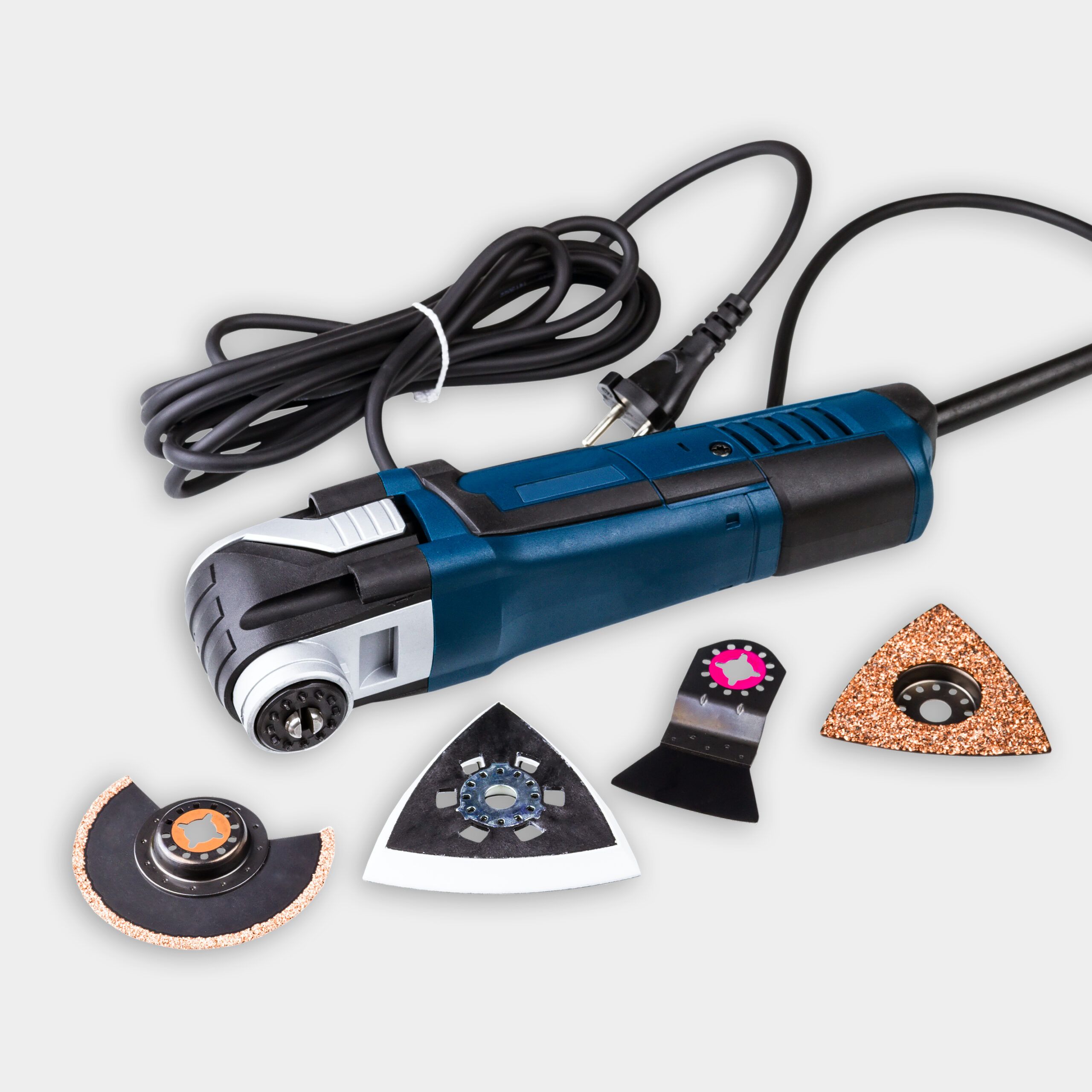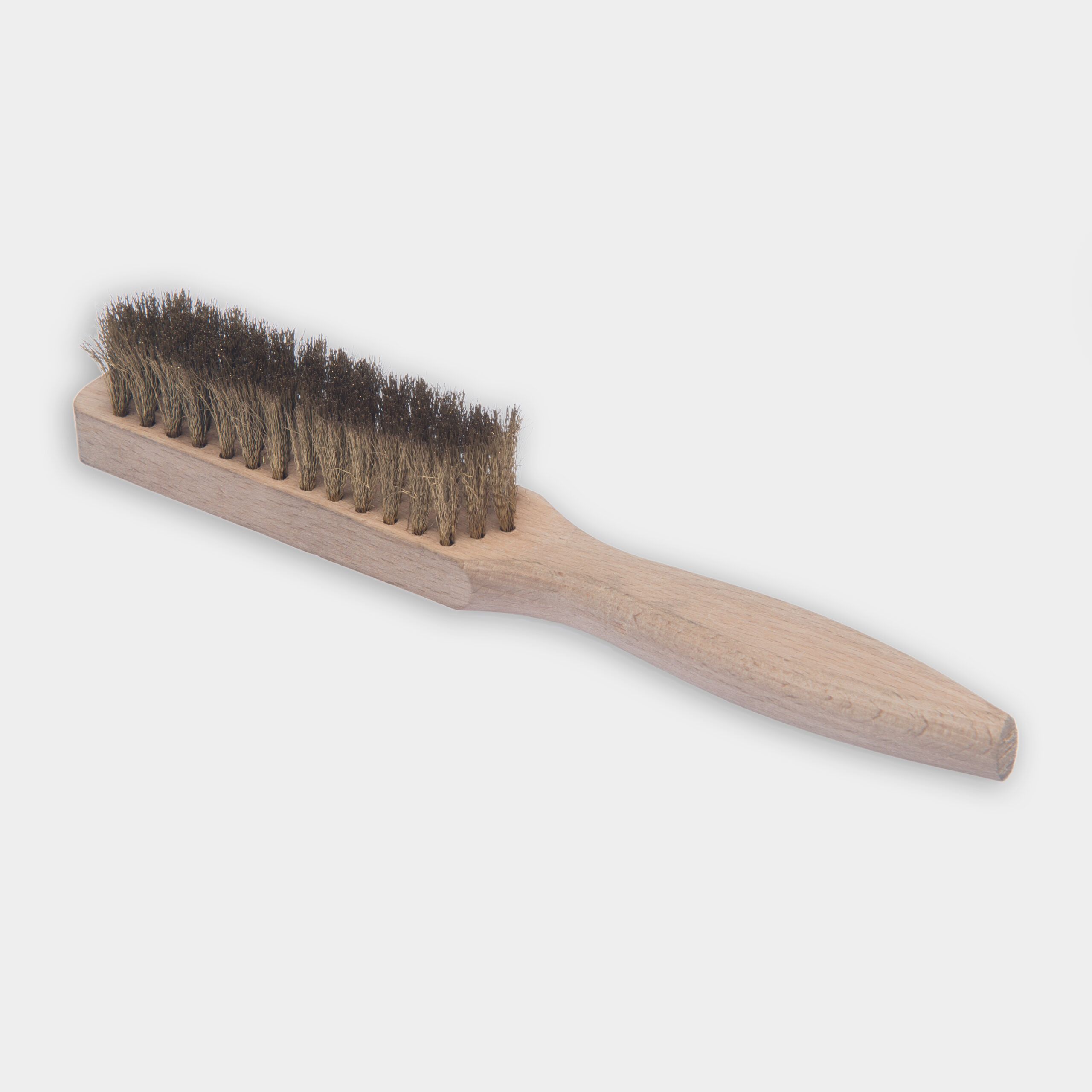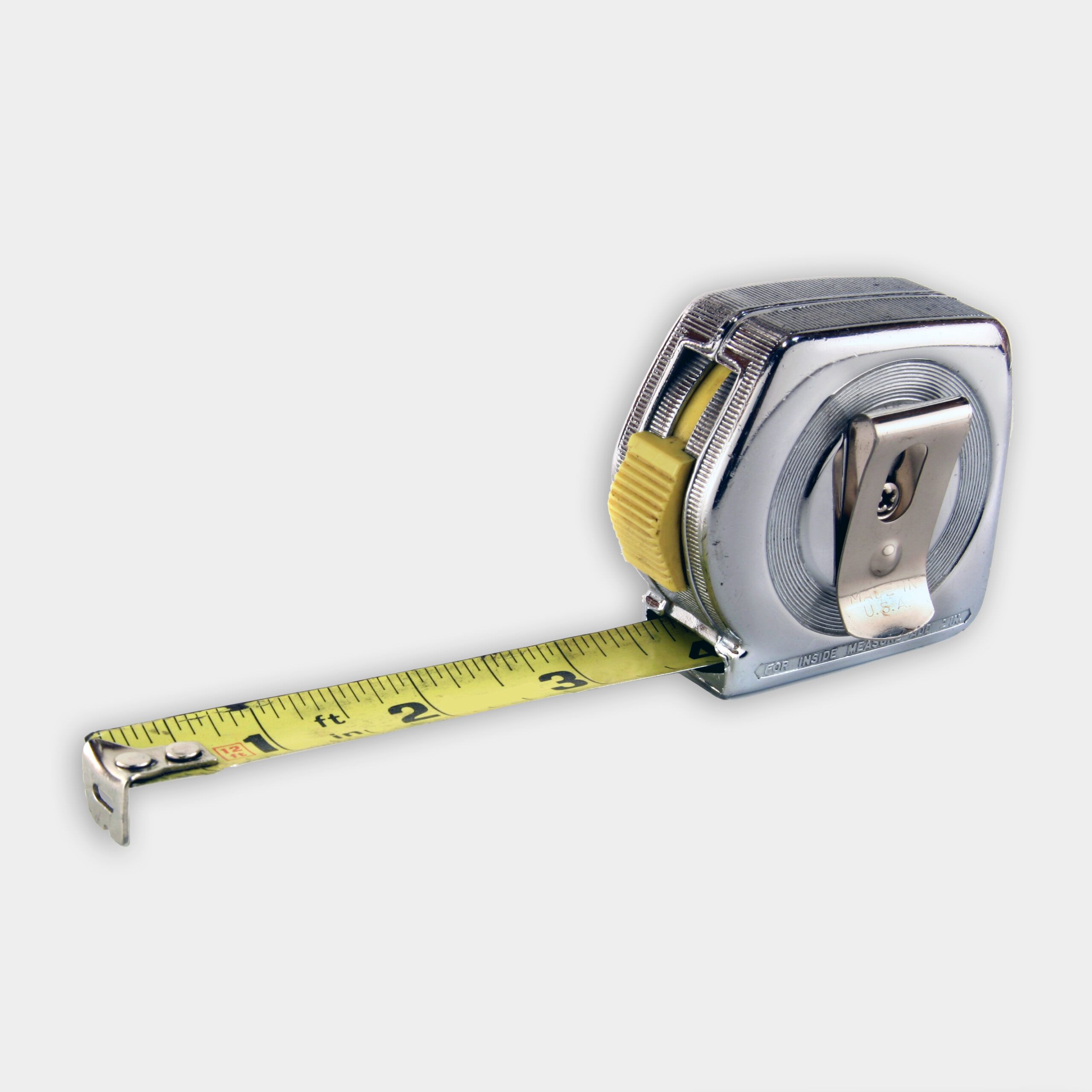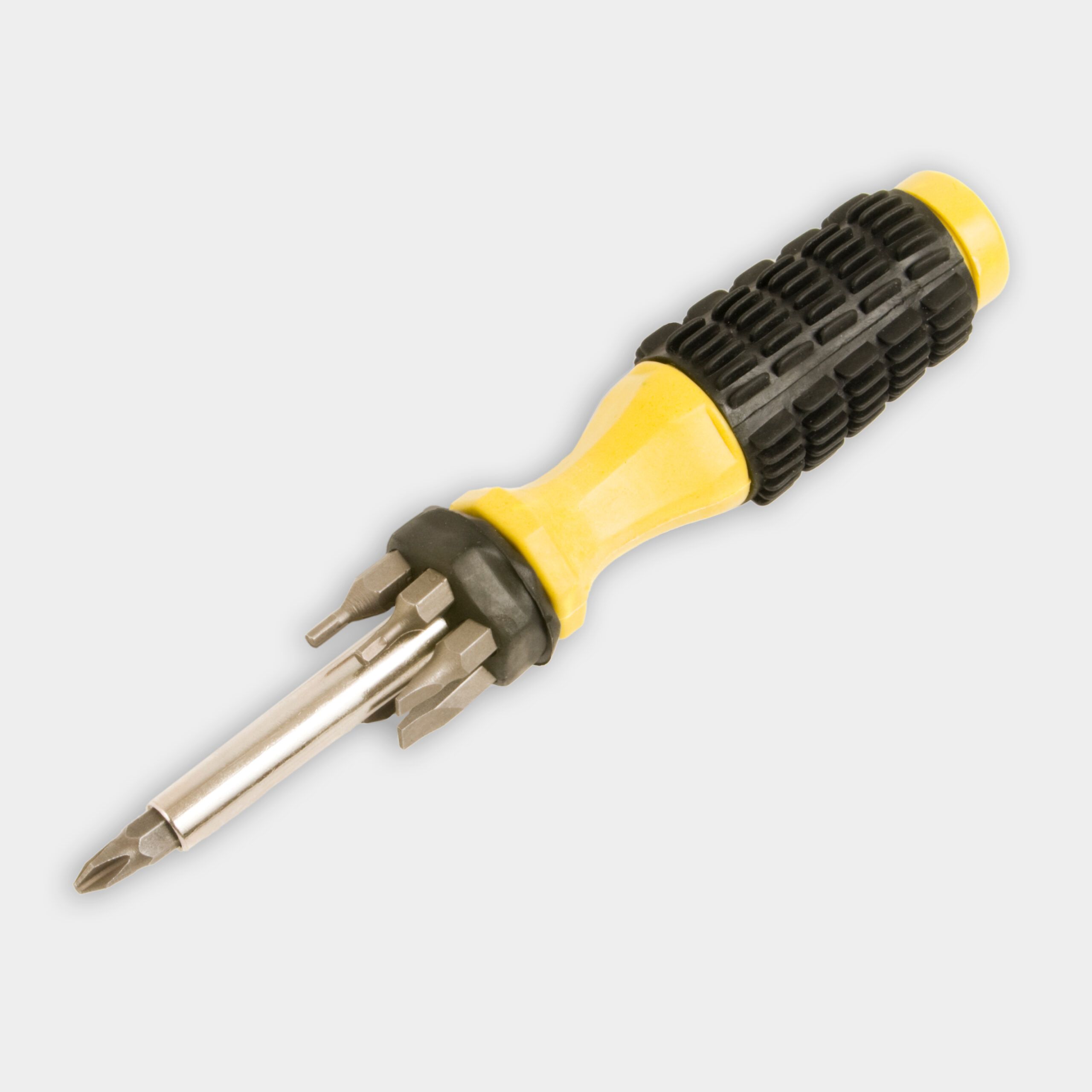We may be compensated if you purchase through links on our website. Our team is committed to delivering honest, objective, and independent reviews on home products and services.
A leaking shower valve can be a frustrating problem, potentially leading to water damage and increased utility bills. Fortunately, many homeowners can repair or replace a faulty shower valve with the right guidance. In the video above, This Old House plumbing and heating expert Richard Trethewey demonstrates how to replace an old three-valve system with a modern pressure-balanced shower valve, addressing the leak and any potential scalding issues.
Understanding Shower Valve Leaks
Shower valve leaks are common and can stem from various causes. Assessing a leak’s cause will help you determine the appropriate repair method.
Common Causes of Shower Valve Leaks
Several factors can contribute to a leaking shower valve, including the following:
- Corrosion of internal components
- Improper installation
- Loose or damaged valve stems
- Mineral buildup from hard water
- Worn-out washers or seals
Signs of a Leaking Shower Valve
Identifying a leaking shower valve early can prevent more significant problems. Look out for the following signs:
- Constant dripping from the showerhead or tub spout
- Increased water bills without a change in usage
- Mold or mildew growth around the shower area
- Water stains on the shower wall or floor
Assessing the Repair Options for a Leaking Shower Valve
Before diving into a repair, evaluate whether to fix the existing valve or replace it entirely.
Repairing vs. Replacing
In some cases, repairing the existing valve may suffice. However, replacing the valve with a modern pressure-balanced model offers several benefits, such as the following:
- Enhanced safety against scalding
- Improved temperature control
- Potential water savings
- Prevention of sudden temperature changes
Choosing a New Shower Valve
If you opt for replacement, consider the following factors when selecting a new shower valve:
- Brand reputation and warranty
- Compatibility with existing plumbing
- Desired features (temperature control, flow rate, etc.)
- Local building code requirements
Preparing for the Repair of the Shower Valve
Proper preparation is key to a successful shower valve repair or replacement. Trethewey emphasizes the importance of gathering the required tools and materials before starting your project.
Gather Necessary Tools and Materials
Ensure you have the following items:
- Masking tape and pencil
- Oscillating tool or reciprocating saw
- Oversized cover plate (if replacing an older three-valve system)
- Pipe wrench and water pump pliers
- Pressure-balanced shower valve
- Screwdrivers and hammer
- Soldering torch and lead-free solder
- Tubing cutter
Shut Off the Water Supply
Before beginning any work, shut off your home’s water supply as follows:
- Locate your home’s main water shutoff valve.
- Turn off the water supply.
- Open the shower faucet to drain any remaining water in the pipes.
Removing the Old Shower Valve
Next, you’ll need to carefully access and remove the old valve as follows to avoid damaging the surrounding tiles and plumbing:
Access the Valve
- Clean the copper pipes with a sand screen to prepare for cutting.
- If possible, access the back of the shower wall through an access panel.
- Remove all trim pieces from the shower valves and tub spout.
Cut Out the Old Valve
- Use a tubing cutter to cut the pipes connected to the valve.
- If the valve is mudded into the tile, carefully chip away the plaster using a masonry chisel.
- Push the old valve through the wall from the shower side.
Installing the New Pressure-Balanced Valve
Installing a new pressure-balanced valve requires precision and attention to detail. Trethewey demonstrates the process in the video above, emphasizing the importance of proper positioning and soldering techniques.
Prepare the New Opening
First, you’ll need to prepare the opening where you plan to install your new valve. Follow these steps:
- Place the new cover plate over the existing valve holes.
- Trace the outline of the plate on the shower wall.
- Use a hammer drill and masonry bit to create a series of holes around the outline.
- Cut between the holes with an oscillating tool to remove the section of tile and wallboard.
Position and Solder the New Valve
Next, carefully position and solder your new pressure-balanced valve as follows:
- Hold the new valve in the desired position and take measurements for the copper pipe pieces you’ll need.
- Cut and test-fit the copper pieces.
- Apply flux to the joints and reassemble the valve with the copper pieces.
- Use a soldering torch to heat the joints and apply lead-free solder.
Finish the Installation
Once your new valve is in place, you can complete the installation process as follows:
- Install the new cover plate over the shower valve.
- Replace the spindle and tighten it in place.
- Turn the water supply back on and check for leaks.
- Attach the diverter valve and handle.
Testing and Troubleshooting Your New Shower Valve
After installation, test your new shower valve to ensure proper function and check for potential issues, such as leaks or temperature concerns.
Check for Leaks
- Inspect all connections for signs of leakage.
- Run the shower at various temperatures to test the pressure-balancing feature.
- Slowly turn on the water supply.
Adjust Water Temperature and Pressure
- Follow the manufacturer’s instructions to set the maximum temperature limit.
- Adjust the flow rate if necessary.
- Test the shower at different times of the day to ensure consistent performance.
Maintaining Your New Shower Valve
Regular maintenance can extend your new shower valve’s lifespan and prevent future leaks.
Routine Cleaning
Consider the following tips when cleaning your new valve:
- Avoid using harsh chemicals that could damage the valve’s finish.
- Regularly wipe down the valve and handle with a mild, nonabrasive cleaner.
- Remove any mineral buildup with a vinegar solution.
Periodic Inspections
Conduct periodic inspections to ensure your valve remains in good working order. Here are a few things to look out for:
- Check for signs of leaks or drips every few months.
- Ensure the temperature control remains accurate and responsive.
- Listen for unusual noises when operating the shower.
Our Conclusion
Repairing a leaking shower valve can range from a simple fix to a more complex replacement project. Homeowners can successfully upgrade to a safer, more efficient pressure-balanced valve by following our step-by-step guide and Trethewey’s guidance. Regular maintenance and prompt repairs will help ensure your shower remains leak-free for years to come.
Resources
Trethewey replaces an old three-valve system in a 1930s bathroom with a pressure-balanced shower valve and cover plate. This is his process:
- First, Trethewey loosens the caulking around the tub spout with a utility knife.
- Then, he uses a pipe wrench to remove the tub spout.
- Trethewey uses an imp tubing cutter to easily cut the connecting water pipes and remove the old shower valve.
- He then lays masking tape around the three valve openings and traces out a template of the cover plate.
- Trethewey then uses a drill/driver and drills holes around the perimeter of the template.
- Next, he cuts through the tile and mud job with an oscillating saw, following the template.
- Trethewey assembles the new pressure-balancing shower valve by cleaning out the fittings and the exterior of the pipes with a wire brush.
- Then, he applies a layer of flux to the interior fittings and exterior of the pipes.
- He installs the valve by heating the pipe along the joints using a torch and soldering them securely to the water lines.
You can find all the supplies Trethewey used for this project at most home centers.
